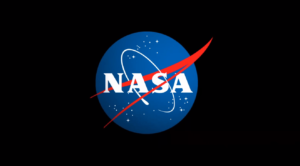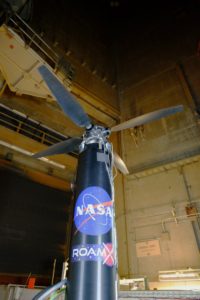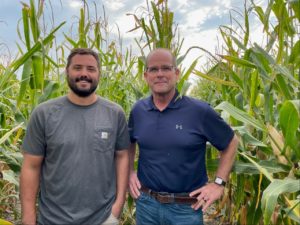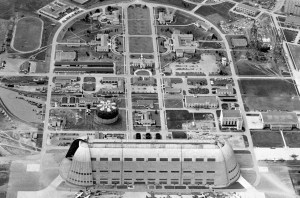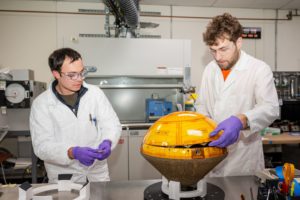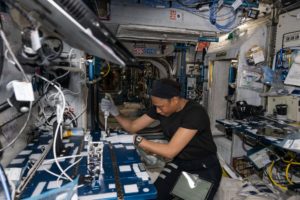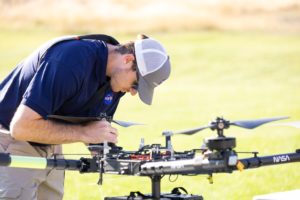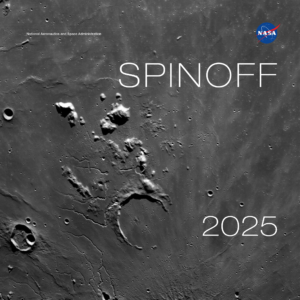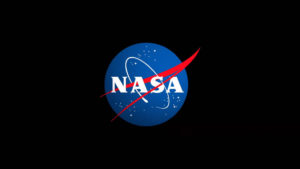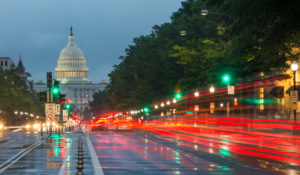Technology Law
As NASA continues to enable a sustainable, cost-effective commercial space economy, the agency is seeking partnership proposals for the operations, sustaining engineering, and utilization of Astrobee, a free-flying robotic system aboard the International Space Station. The Announcement for Partnership Proposal contains instructions and criteria for transferring responsibility of the Astrobee system to a commercial provider.…
Continue readingDuring 2024-2025, helicopter blades optimized for Mars were tested in the Planetary Aeolian Laboratory (PAL) at NASA Ames Research Center as part of the Rotor Optimization for the Advancement of Mars eXploration (ROAMX) project. The experimental test-chamber of the PAL can be depressurized to create atmospheric air pressures of different planetary bodies such as Mars.…
Continue readingA NASA and U.S. Geological Survey (USGS)-supported research and development team is making it easier for farmers and ranchers to manage their water resources. The team, called OpenET, created the Farm and Ranch Management Support (FARMS) tool, which puts timely, high-resolution water data directly in the hands of individuals and small farm operators. By making…
Continue readingTo celebrate the 110th anniversary of the organization that ultimately became NASA, the agency released a new collection of videos to highlight the history of the National Advisory Committee for Aeronautics (NACA) and the ways it transformed flight over four decades. Not long after the beginning of World War I, the United States Congress, concerned…
Continue readingEngineers at NASA’s Ames Research Center in California’s Silicon Valley, Bohdan Wesely, right, and Eli Hiss, left, complete a fit check of the two halves of a space capsule that will study the clouds of Venus for signs of life. Led by Rocket Lab of Long Beach, California, and their partners at the Massachusetts Institute…
Continue readingJohn Boyd, known to many as Jack and whose career spanned more than seven decades in a multitude of roles across NASA as well as its predecessor, the National Advisory Committee for Aeronautics (NACA), died Feb. 20. He was 99. Born in 1925, and raised in Danville, Virginia, he was a long-time resident of Saratoga,…
Continue readingIn an effort to learn more about astronaut health and the effects of space on the human body, NASA is conducting a new experiment aboard the International Space Station to speed up the detection of antibiotic-resistant bacteria, thus improving the health safety not only of astronauts but patients back on Earth. Infections caused by antibiotic-resistant…
Continue readingIn Aug. 2024, a team of NASA researchers and partners gathered in Missoula, to test new drone-based technology for localized forecasting, or micrometeorology. Researchers attached wind sensors to a drone, NASA’s Alta X quadcopter, aiming to provide precise and sustainable meteorological data to help predict fire behavior. Wildfires are increasing in number and severity around…
Continue readingThe latest edition of NASA’s Spinoff publication, which highlights the successful transfer of agency technology to the commercial sector, is now available online. For nearly 25 years, NASA has supported crew working in low Earth orbit to learn about the space environment and perform research to advance deep space exploration. Astronauts aboard the International Space…
Continue readingNASA’s Ames Research Center in Silicon Valley invites media to learn more about Distributed Spacecraft Autonomy (DSA), a technology that allows individual spacecraft to make independent decisions while collaborating with each other to achieve common goals – without human input. The DSA team achieved multiple firsts during tests of such swarm technology as part of…
Continue reading